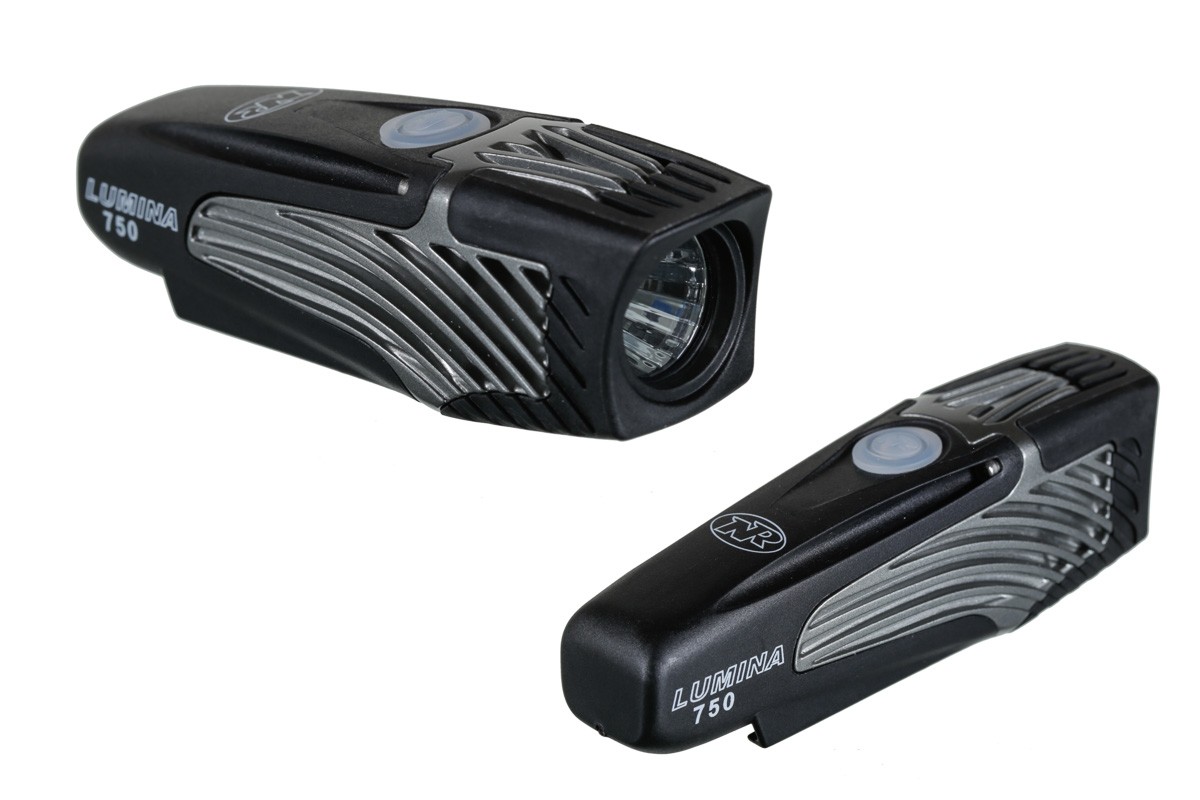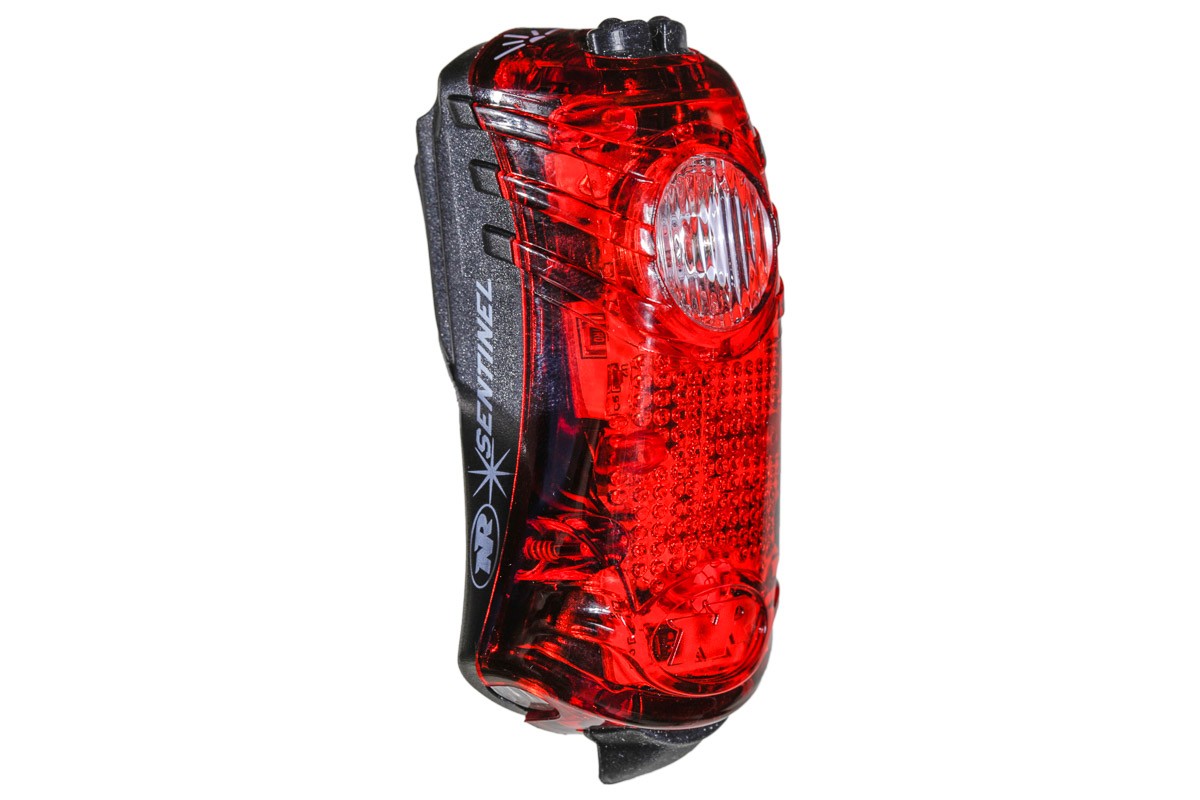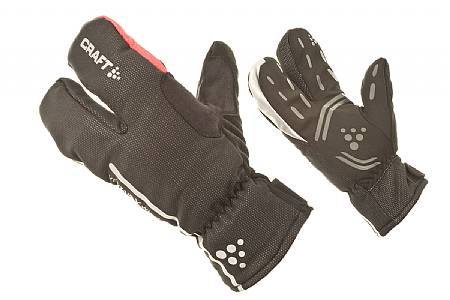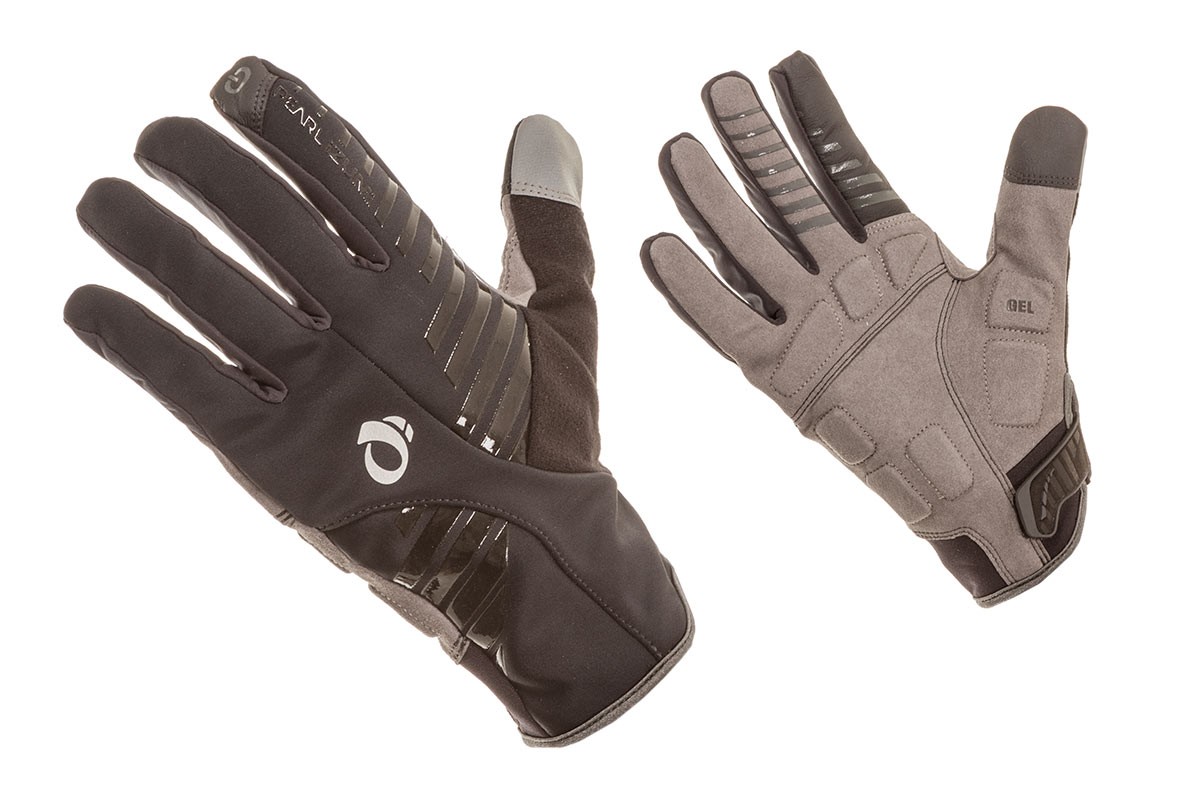I've been commuting to/from work since April. The distance is manageable 15-19 miles and 700' to 1000' vertical gain each way, with reasonably low traffic volume back roads for most of the way. There are a few stretches with heavy traffic but the shoulders are wide (except for one 500 yard stretch with a narrow shoulder).
I'm usually out the door at 6:15 AM in the morning, and around 5:20 PM for the return trip. In November it's dark for most of the ride. In December it's dark the entire ride.
My ride is a 2012 Cannondale CAAD10 with DuraAce drivetrain and Ultegra brakes. If it's raining I ride my 1992 Pinarello Stelvio with full fenders. I rarely ride in cold rain, though, so winter rain riding is rare.
I've captured some of my experiences with various components and present them here for your edification. If you agree or disagree, let me know!
I prefer my Boyd Rouleur wheelset for fast riding. They're in the garage with Vittoria Open Corsa 23mm tires on right now, but it's unlikely I swap the sets out until spring.
I read lots of reviews and finally decided to put a 25mm rear and 23mm front Continental Grand Prix Four Season on my road bike. My experience with this tire on our tandem has been very good but limited.
Since the majority of the commute is in the dark, I usually can't spot debris until it's too late. I wanted Gatorskin puncture resistance, but not the Gatorskin ride quality (which I found terrible). The Grand Prix Four Seasons have been just as durable, while maintaining the ride quality of the flagship GP4000.
Since I've installed these tires, my commute has been trouble-free, despite 2+ hours of riding in the dark over a variety of unseen hazards. No matter - these tires just roll on through. I have nearly 600 miles on the pair and there is no visible wear yet. I run them 90-100 PSI each. I'm not chasing KOMs this time of year but I haven't noticed any increased rolling resistance or decreased average speed due to tires (the winter slowing is just me being cold and slow).
I bought mine from www.biketiresdirect.com great prices and fast delivery.
Up front, mounted on the handlebars, are a NiteRider Lumina 550 and NiteRider Lumina 750. The 550 is mounted on the left side of the stem to light up 10-15' feet ahead (to spot potholes, nails, glass, limbs). The 750 is on the right side and set up to illumine 35-50' ahead.
The twin lights make me look like a motorcycle or a car with a headlight out to oncoming traffic. I try to keep them on medium brightness when riding with traffic, high on empty backroads. The lights are bright enough on high that approaching cars will often flash their high beams.
The road is visible up to about 25 MPH. At speeds above 25 I'm overrunning the lights a bit.
I'm not a fan of NiteRider's new mounting system. It's an elastic band thing that is not quite tight enough. The old mounts rattled but that was easily fixed with electrical tape.
But the lights are bright, last at least 2 hours on medium, and charge from a USB port. I plug one in as soon I as I arrive at work. I really like these lights and enjoy the wide lit path and redundancy of two lights.
The rear lights are a combination NiteRider Sentinel 40 mounted to the seat post and Blackburn blinky hung on my backpack loop. The Blackburn is bright enough for a secondary light and a good backup in case the primary unit fails. It uses AA batteries but they will last about a month of rides.
The Sentinel 40 is NiteRider's top of the line unit, with a two watt LED with 40 lumen output. There are five modes, from annoyingly blinky but very noticeable to more subtle blinkers and steady light. The light is USB rechargeable. The new feature is the two bright laser lines that are projected on the ground, about 3 feet offset from the centerline of the bicycle. I have no idea if this makes any difference to driver's perception, but it makes me feel better, especially when the light reflects off my ankles as I pedal. The light is visible from a LONG way off, so I almost feel more visible in the dark.
Sadly the best winter booties are no longer made: the Performance neoprene bootie with fuzzy flocked interior (no idea what this model was called). I've worn these on REALLY cold days (single digits), and they have kept me from frostbite (I can't say I was "warm"). I save these for really cold days because the zipper might finally give out and I'll be without my go-to booties. These are 5 F to 25 F booties.
The next best are the Pearl Izumi booties, 2012 version of their winter shoe cover. It's a decent bootie, but the front end is just too thin. I wear these over toe covers in temperatures from 25-35 F.
I wear the Louis Garneau Neo Protect for slightly warmer rides. They are basic 3mm neoprene with a velcro strip closure on the rear. These are cool weather booties (35-45 F) as they are just too thin for really cold riding.
One recommendation is to use toe covers under the bootie (my favorites are the Pearl Izumi Elite thermal Toe Cover). My toes are the first to feel the frost. While thick wool socks may seem warmer, if you're riding Sidis or other close-fit shoe, you will cramp your feet and reduce circulation. Better to apply more thermal barrier to the outside of the shoe. Wearing toe covers under booties provides another 10 degrees of capability (turning a 40 F bootie into a 30 F).
I've tried the old-pro tip of covering my toes with aluminum foil. It actually helps a bit, but my feet sweat so I have to make sure there's enough ventilation to prevent soggy socks.
The Louis Garneau Wind Dry covers are barely worth wearing. These are thin material, and provide very little thermal protection. Ever so often I'll wear these in the morning when it's 45 or so, but they usually get tossed back in the pile after a ride.
You might think these problems mean the gloves are simply too tight, but when I'm not riding they are airy and almost floppy. A larger size would not help. While I'm sure Craft makes great products, the Craft Siberian Split Finger glove design doesn't work for me.
My usual winter gloves are a three year old pair of Pearl Izumis (I forget the model, and they aren't made anymore. These are the closest:
I used a pair of cheapo Target ski gloves on really cold days. They were big enough for a liner. The combination was the warmest for those really cold days.
\
I'm usually out the door at 6:15 AM in the morning, and around 5:20 PM for the return trip. In November it's dark for most of the ride. In December it's dark the entire ride.
My ride is a 2012 Cannondale CAAD10 with DuraAce drivetrain and Ultegra brakes. If it's raining I ride my 1992 Pinarello Stelvio with full fenders. I rarely ride in cold rain, though, so winter rain riding is rare.
 |
| My 2012 CAAD 10 right after an early morning ride |
Wheels
The Rol wheels have been solid and bulletproof. They've turned out to be a solid commuter set. I wouldn't pick these to race, but they're fine for the demands of decent-pace commuting.I prefer my Boyd Rouleur wheelset for fast riding. They're in the garage with Vittoria Open Corsa 23mm tires on right now, but it's unlikely I swap the sets out until spring.
Tires
I was very happy riding Vittoria Rubino Pros until a series of flats from small bits of wire ruined my day. I assume the wire was from shredded tire -- the sort of debris that collects along the shoulder of roadways. The Rubinos had been very good tires, but after a few flats it's easy to lose confidence. Loss of confidence often results in excuses for not riding.I read lots of reviews and finally decided to put a 25mm rear and 23mm front Continental Grand Prix Four Season on my road bike. My experience with this tire on our tandem has been very good but limited.
Since the majority of the commute is in the dark, I usually can't spot debris until it's too late. I wanted Gatorskin puncture resistance, but not the Gatorskin ride quality (which I found terrible). The Grand Prix Four Seasons have been just as durable, while maintaining the ride quality of the flagship GP4000.
Since I've installed these tires, my commute has been trouble-free, despite 2+ hours of riding in the dark over a variety of unseen hazards. No matter - these tires just roll on through. I have nearly 600 miles on the pair and there is no visible wear yet. I run them 90-100 PSI each. I'm not chasing KOMs this time of year but I haven't noticed any increased rolling resistance or decreased average speed due to tires (the winter slowing is just me being cold and slow).
I bought mine from www.biketiresdirect.com great prices and fast delivery.
Lights
I have two front and two rear lights, and some rides it's not enough.Up front, mounted on the handlebars, are a NiteRider Lumina 550 and NiteRider Lumina 750. The 550 is mounted on the left side of the stem to light up 10-15' feet ahead (to spot potholes, nails, glass, limbs). The 750 is on the right side and set up to illumine 35-50' ahead.
The twin lights make me look like a motorcycle or a car with a headlight out to oncoming traffic. I try to keep them on medium brightness when riding with traffic, high on empty backroads. The lights are bright enough on high that approaching cars will often flash their high beams.
 |
| Twin NiteRider Lumina Headlights (bike is on Park work stand) |
The road is visible up to about 25 MPH. At speeds above 25 I'm overrunning the lights a bit.
I'm not a fan of NiteRider's new mounting system. It's an elastic band thing that is not quite tight enough. The old mounts rattled but that was easily fixed with electrical tape.
But the lights are bright, last at least 2 hours on medium, and charge from a USB port. I plug one in as soon I as I arrive at work. I really like these lights and enjoy the wide lit path and redundancy of two lights.
 |
| NiteRdier Sentinel tail light in action |
The Sentinel 40 is NiteRider's top of the line unit, with a two watt LED with 40 lumen output. There are five modes, from annoyingly blinky but very noticeable to more subtle blinkers and steady light. The light is USB rechargeable. The new feature is the two bright laser lines that are projected on the ground, about 3 feet offset from the centerline of the bicycle. I have no idea if this makes any difference to driver's perception, but it makes me feel better, especially when the light reflects off my ankles as I pedal. The light is visible from a LONG way off, so I almost feel more visible in the dark.
Reflectors
I wear a pair of ankle strap reflectors (I think I bought them from RoadID). They add some movement and width to my profile and also help keep booties on and seal drafty ankles. I'm going to add a pair of arm reflective straps for greater side visibility.Booties
The never-ending quest for the perfect winter bootie continues. I've yet to find the ultimate combination: warm with being clammy, tight fitting but easy to get over road shoes, durable and reasonably priced.Sadly the best winter booties are no longer made: the Performance neoprene bootie with fuzzy flocked interior (no idea what this model was called). I've worn these on REALLY cold days (single digits), and they have kept me from frostbite (I can't say I was "warm"). I save these for really cold days because the zipper might finally give out and I'll be without my go-to booties. These are 5 F to 25 F booties.
The next best are the Pearl Izumi booties, 2012 version of their winter shoe cover. It's a decent bootie, but the front end is just too thin. I wear these over toe covers in temperatures from 25-35 F.
I wear the Louis Garneau Neo Protect for slightly warmer rides. They are basic 3mm neoprene with a velcro strip closure on the rear. These are cool weather booties (35-45 F) as they are just too thin for really cold riding.
One recommendation is to use toe covers under the bootie (my favorites are the Pearl Izumi Elite thermal Toe Cover). My toes are the first to feel the frost. While thick wool socks may seem warmer, if you're riding Sidis or other close-fit shoe, you will cramp your feet and reduce circulation. Better to apply more thermal barrier to the outside of the shoe. Wearing toe covers under booties provides another 10 degrees of capability (turning a 40 F bootie into a 30 F).
I've tried the old-pro tip of covering my toes with aluminum foil. It actually helps a bit, but my feet sweat so I have to make sure there's enough ventilation to prevent soggy socks.
The Louis Garneau Wind Dry covers are barely worth wearing. These are thin material, and provide very little thermal protection. Ever so often I'll wear these in the morning when it's 45 or so, but they usually get tossed back in the pile after a ride.
Gloves
One pair I don't use are the Craft Siberians. They seemed promising but two annoying traits have limited their use:- the center split between the index/middle and ring/little fingers is too long, meaning I constantly have to slide the glove back up lest the seam dig into my hand,
- there's insufficient play to actually manipulate the Shimano shifters.
You might think these problems mean the gloves are simply too tight, but when I'm not riding they are airy and almost floppy. A larger size would not help. While I'm sure Craft makes great products, the Craft Siberian Split Finger glove design doesn't work for me.
My usual winter gloves are a three year old pair of Pearl Izumis (I forget the model, and they aren't made anymore. These are the closest:
I used a pair of cheapo Target ski gloves on really cold days. They were big enough for a liner. The combination was the warmest for those really cold days.
 |
| These Pearl Izumi Lobsters are the warmest gloves I own -- Fantastic! Just practice a bit before heading out onto busy roads. |
Socks
Wool. If you ride in winter, buy wool socks. On really cold days wear a silk liner sock underneath wool socks.Clothing
This is a huge topic which I will write about in a dedicated post. Stay tuned!\









No comments:
Post a Comment
Thanks for reading our blog! We'll review your comment and add soon!